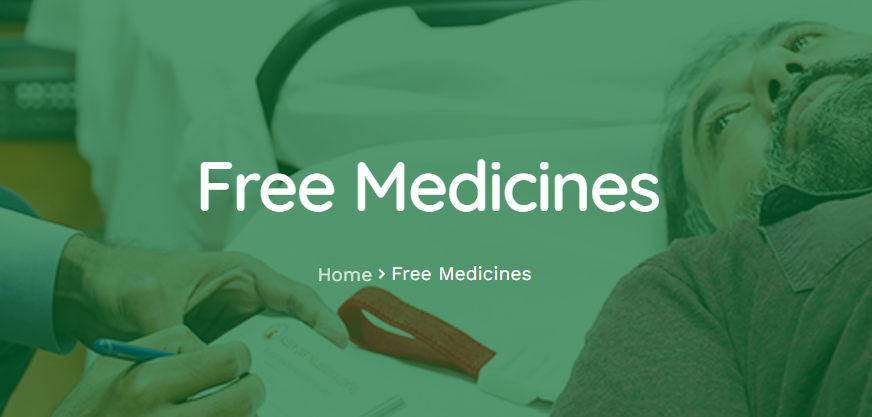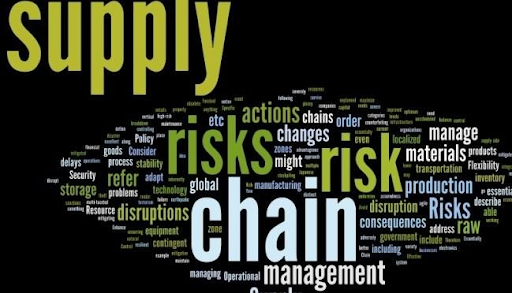Introduction
Healthcare is a fundamental right, but the cost of medicines often makes it inaccessible for many. In response to this challenge, various programs and initiatives provide free medicines to those in need. Whether you’re dealing with a chronic illness, sudden medical emergency, or general healthcare need, knowing where and how to access free medicines can significantly ease the financial burden.
This guide explores the available options and provides practical tips to help you or your loved ones access life-saving medicines without cost.
Why Access to Free Medicines is Important
Free medicines are essential for:
- Improving Public Health: Ensures that low-income individuals receive necessary treatments.
- Preventing Disease Progression: Timely access to medicines can halt the worsening of conditions.
- Reducing Healthcare Inequity: Bridges the gap between privileged and underprivileged communities.
- Economic Relief: Eliminates the financial strain of purchasing expensive medications.
Sources of Free Medicines
Here are the primary avenues through which free medicines can be accessed:
1. Government Programs
Many governments offer free or subsidized medications through healthcare schemes and public hospitals.
- Examples:
- Medicaid (USA): Covers prescription drugs for eligible low-income individuals.
- Ayushman Bharat (India): Provides free medicines for underprivileged families.
- NHS (UK): Offers free prescriptions for certain groups like seniors and children.
2. Non-Governmental Organizations (NGOs)
NGOs play a vital role in distributing free medicines to underserved communities.
- Examples:
- Doctors Without Borders: Provides essential drugs in crisis regions.
- Direct Relief: Delivers life-saving medical supplies globally.
3. Pharmaceutical Assistance Programs
Many pharmaceutical companies have patient assistance programs (PAPs) to provide free or low-cost medicines.
- Examples:
- Novartis Patient Assistance Foundation
- Pfizer RxPathways
4. Charitable Organizations
Charities and faith-based organizations often distribute free medicines locally and internationally.
- Examples:
- The Red Cross
- The Salvation Army
5. Free Health Clinics and Hospitals
Community health clinics and hospitals sometimes offer free medications as part of their services.
How to Apply for Free Medicines
Accessing free medicines often involves a few steps:
- Determine Eligibility:
- Check if you meet the financial or medical criteria of the program.
- Gather Necessary Documents:
- Proof of income, identity, and prescription details are usually required.
- Submit an Application:
- Applications can often be completed online, through a healthcare provider, or at the organization’s office.
- Follow Up:
- If there’s a waiting list or additional requirements, follow up regularly.
- Work with Healthcare Providers:
- Physicians and pharmacists can guide you to programs that suit your needs.
Challenges in Accessing Free Medicines
While free medicine programs are invaluable, they’re not without challenges:
- Lack of Awareness: Many people are unaware of the programs available to them.
- Eligibility Barriers: Strict criteria may exclude some individuals who still struggle financially.
- Limited Availability: Certain drugs or treatments may not be covered.
- Bureaucratic Delays: Lengthy application processes can hinder timely access to medicines.
The Role of Community and Awareness
Creating awareness and fostering community support are crucial for expanding access to free medicines:
- Community Drives: Local organizations can host health camps and medication distribution events.
- Advocacy: Pressuring governments and pharmaceutical companies to expand free medicine programs.
- Education: Informing people about the available resources and how to access them.
FAQs About Free Medicines
Q1. Are free medicines truly free?
Yes, but eligibility requirements may apply, and some programs may cover only certain medicines or quantities.
Q2. Can I access free medicines if I have insurance?
Some programs allow individuals with insurance to qualify, especially if their insurance does not fully cover their prescription costs.
Q3. Where can I find a list of free medicine programs?
You can search online for government healthcare websites, pharmaceutical assistance programs, or contact local NGOs and clinics.
Q4. How long does it take to receive free medicines?
The timeline varies. Some programs provide immediate assistance, while others may take weeks or months.
Q5. What if I don’t qualify for any program?
Explore generic medicines, local clinics offering discounts, or crowdfunding options as alternatives.
Conclusion
Free medicine programs are a lifeline for millions of people worldwide, ensuring that healthcare is not limited by financial constraints. Whether provided by governments, NGOs, or pharmaceutical companies, these initiatives can drastically improve quality of life and health outcomes.
If you or someone you know is struggling to afford medications, don’t hesitate to explore the resources mentioned in this guide. Together, we can work toward a world where no one has to choose between their health and financial well-being.









